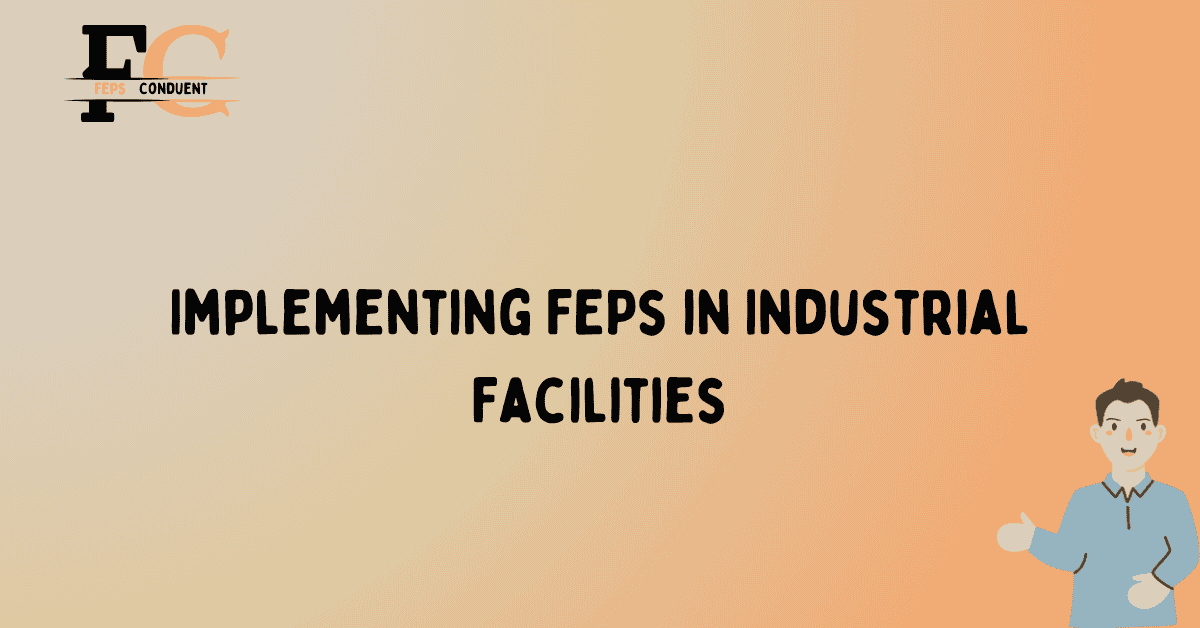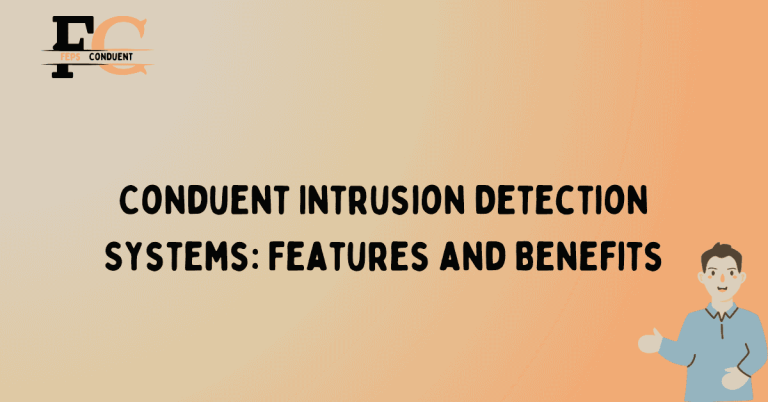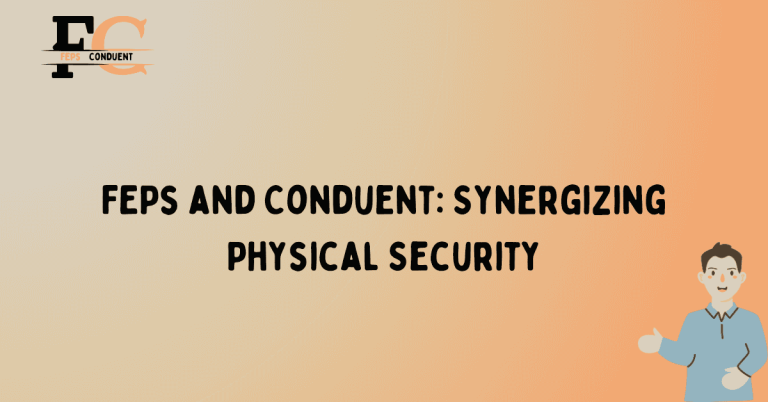Implementing FEPs in Industrial Facilities

The implementation of Front-End Protection (FEP) systems in industrial facilities is crucial for ensuring the safety and efficiency of operations. FEP systems are designed to provide a barrier between workers and potential hazards, such as moving machinery or hazardous materials. By installing FEP systems, companies can significantly reduce the risk of accidents and injuries, creating a safer work environment for employees.
One of the key benefits of implementing FEP systems is the reduction in workplace accidents. With proper barriers and safety measures in place, employees are less likely to come into direct contact with hazardous machinery or materials. This can lead to a significant decrease in workplace injuries and a corresponding decrease in lost productivity and workers’ compensation claims. FEP systems also contribute to the overall efficiency of industrial facilities, as they help to streamline workflows and ensure that operations run smoothly.
Benefits of Implementing Front-End Protection (FEP) Systems
Front-End Protection (FEP) systems play a crucial role in ensuring the safety of industrial facility operations. These systems are designed to provide a physical barrier between workers and potential hazards, such as moving machinery or hazardous materials. By installing FEP systems, companies can significantly reduce the risk of accidents and injuries, creating a safer work environment for employees.
Reduction in Workplace Accidents
One of the key benefits of implementing FEP systems is the reduction in workplace accidents. With proper barriers and safety measures in place, employees are less likely to come into direct contact with hazardous machinery or materials. This can lead to a significant decrease in workplace injuries and a corresponding decrease in lost productivity and workers’ compensation claims.
Improved Efficiency and Workflow
FEP systems also contribute to the overall efficiency of industrial facilities. By creating designated areas and barriers, these systems help streamline workflows and ensure that operations run smoothly. Workers can perform their tasks more efficiently when they have clear boundaries and protection from potential hazards, leading to increased productivity and minimized downtime.
Compliance with Safety Regulations
Implementing FEP systems helps industrial facilities comply with safety regulations and standards. By providing the necessary physical barriers and safety measures, companies can demonstrate their commitment to creating a safe working environment. Compliance with safety regulations not only ensures the well-being of employees but also helps avoid legal complications and penalties.
Protection of Equipment and Assets
In addition to safeguarding employees, FEP systems also protect valuable equipment and assets. By preventing accidental collisions or damage caused by human error, these systems help minimize repair and replacement costs. This allows companies to maintain and extend the lifespan of their equipment, resulting in long-term cost savings.
Improved Employee Morale
Implementing FEP systems can have a positive impact on employee morale. When workers feel safe and protected in their work environment, they are more likely to be satisfied and motivated. This, in turn, can lead to increased productivity, better teamwork, and overall higher job satisfaction levels among employees.
Long-Term Cost Savings
While the initial investment in FEP systems may seem significant, the long-term cost savings outweigh the upfront expenses. By reducing workplace accidents, minimizing equipment damage, and improving overall efficiency, companies can save money on workers’ compensation claims, repairs, and replacements. These cost savings contribute to the overall financial stability and success of industrial facilities.
FAQs
What are FEPs?
FEPs stand for Facility Environmental Programs, which are initiatives implemented in industrial facilities to manage and mitigate environmental impacts.
Why should industrial facilities implement FEPs?
Implementing FEPs helps industrial facilities comply with environmental regulations, reduce pollution, minimize waste generation, and improve sustainability practices.
What are some common FEPs implemented in industrial facilities?
Common FEPs include implementing energy conservation measures, waste management programs, pollution prevention strategies, water conservation initiatives, and environmental monitoring systems.
How can industrial facilities start implementing FEPs?
Industrial facilities can start implementing FEPs by conducting environmental assessments, identifying potential environmental impacts, setting goals and targets, developing action plans, and regularly monitoring and evaluating progress.
What are the benefits of implementing FEPs in industrial facilities?
The benefits of implementing FEPs in industrial facilities include improved environmental performance, cost savings through resource efficiency, enhanced corporate reputation, compliance with regulations, and reduced liability risks.
Are there any resources available to help industrial facilities with FEP implementation?
Yes, there are various resources available such as government guidelines, industry best practices, environmental consultants, and specialized software tools that can assist industrial facilities in implementing FEPs effectively.






